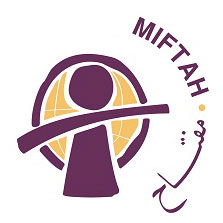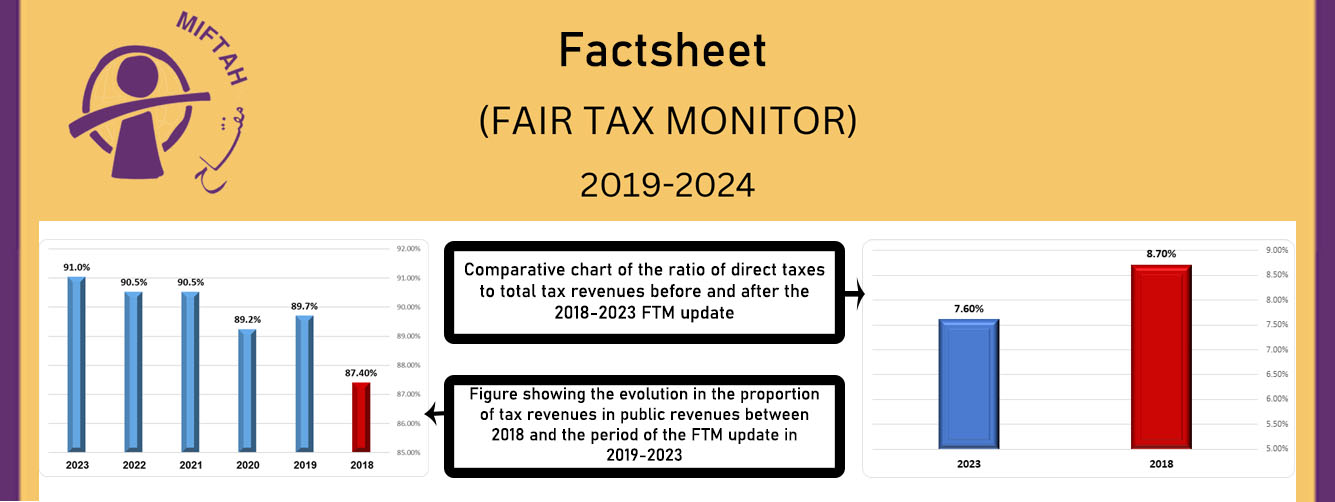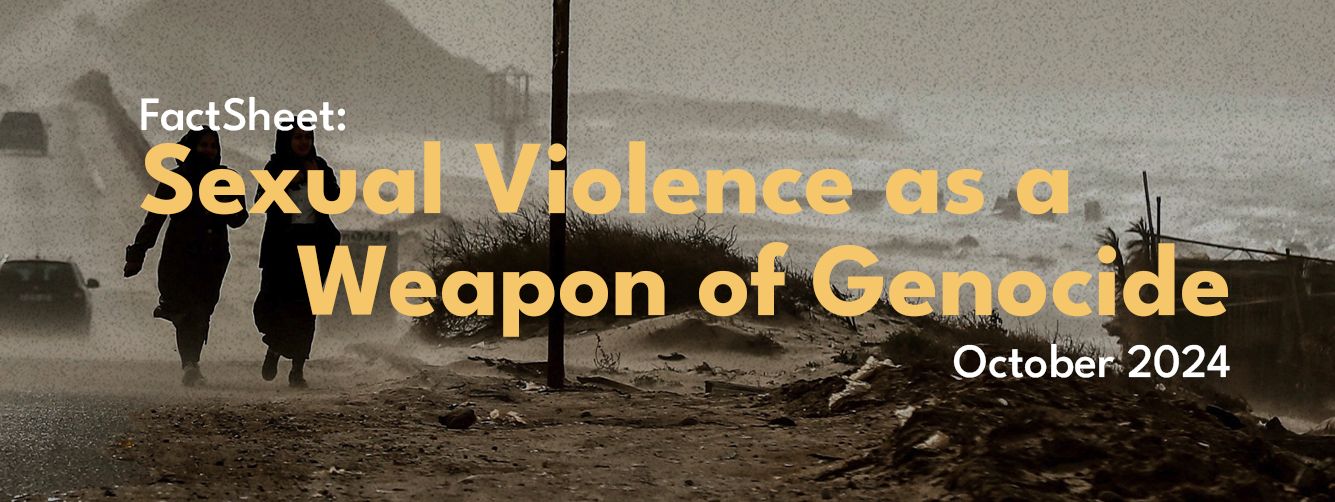On January 25th 2006, the Islamic Resistance Movement, Hamas, was successful in its attempt to become the leading party within the Palestinian Authority.
According to the Palestinian Centre for Policy and Survey Research, this victory went against all conceivable expectations. In three polls taken only weeks prior to the elections across the West Bank and the Gaza Strip, Fateh had shown that although their support was diminishing, it was still a substantial enough lead to repel any opposition.
Hamas (harakat al-muqawamah al islamiyyah) received 440,409 votes, a 44.5% of the electorate while their main rivals Fateh (harakat al-tahrir al-filastini), the Liberation Movement for Palestine, only managed 410,554 votes and a 41.43% of the electorate*. It was the first time in the 13 years since the Palestinian Authority’s inception that Fateh was not the dominant party.
On March 29th 2006, new Prime Minister Ismail Haniyeh announced his Hamas dominated cabinet.
| President | Mahmoud Abbas | FATEH |
| Prime Minister | Ismail Haniyeh | HAMAS |
| Foreign Minister | Dr. Mahmoud al-Zahar | HAMAS |
| Finance Minister | Dr. Omar Abdul-Razeq | HAMAS |
| Interior and Civil Affairs Minister | Said Seyam | HAMAS |
| Health Minister | Dr. Basem Naim | HAMAS |
| Minister for the Economy | Engineer Alaeddin al-A’raj | HAMAS |
| Social Affairs Minister | Fakhri Tyrkman | INDEPENDENT |
| Minister for Prisoner Affairs | Wasfi Mustafa Qabha | HAMAS |
| Deputy Prime Minister / Education Minister | Dr. Naser Eddin al-Shaer | HAMAS |
| Information Minister | Dr. Yousef Rizqa | HAMAS |
| Minister for Woman Affairs | Dr. Mariam Saleh | HAMAS |
| Justice Minister | Dr. Ahmad Khaldi | INDEPENDENT |
| Minister for Telecoms / Information Technology | Engineer Jamal al-Khudari | INDEPENDENT |
| Minister for Public Works | Abdul Rahman Zeidan | HAMAS |
| Minister for Tourism | En. Joudeh George Murqos | INDEPENDENT |
| Minister for Culture | Dr. Attallah Abul Sabeh | HAMAS |
| Minister for Transportation | En. Ziad Al-Thatah | HAMAS |
| Religious Affairs Minister | Nayet Rajoub | HAMAS |
| Minister for Planning | Samir Abu Eisheh | HAMAS |
| Agricultural Minister | Dr. Mohammed al-Agha | HAMAS |
| Minister without Portfolio | En. Khaled Abu Arafeh | HAMAS |
| Local Governance Ministry | Issa Ja’bari | HAMAS |
| Minister for Refugees | Atef Udwan | HAMAS |
| Labour Minister | Mohammed Barghouthi | HAMAS |
| Chief of Cabinet | Mohammed Awad | HAMAS |
The ramifications of the Mecca Agreement: March 2007
In February 2007 Saudi King Abdullah hosted Hamas politburo chief, Khaled Mashal and Palestinian Authority President and Fateh leader, Mahmoud Abbas in Mecca, Saudi Arabia. The aim of the meeting was to come up with a solution to end the infighting that had resumed and intensified between the two factions.
After a few days of deliberation, Mashal and Abbas agreed to form a unity government which would attempt to bring the two groups together through cooperation and would establish a common Palestinian policy. The leaders also hoped that this sign of unity would compel the Western powers to release funds frozen after Hamas assumed power in March 2006. The Quartet (UN, EU, US and Russia) had failed to associate with a party that did not recognize Israel’s right to exist, while the United States and Europe both included Hamas on their list of terrorist organizations.
On 17th March 2007, Palestinian Authority Prime Minister Ismail Haniyeh announced the national unity cabinet.
| President | Mahmoud Abbas | FATEH |
| Prime Minister | Ismail Haniyeh | HAMAS |
| Deputy Prime Minister | Azzam al-Ahmed | FATEH |
| Finance Minister | Salam Fayyad | THIRD WAY |
| Foreign Minster | Ziad Abu Amr | INDEPENDENT |
| Interior Minister | Talab al-Qawasmi | INDEPENDENT |
| Education Minister | Nasser Eddin al-Shaer | HAMAS |
| Information Minister | Mustafa al-Barghouthi | Palestinian National Initiative |
| Cultural Minister | Bassam al-Salhi | Palestinian People’s Party |
| Health Minister | Radwan al-Akhras | FATEH |
| Transport Minister | Sa’di al-Krunz | FATEH |
| Labour Minister | Mahmoud al-Aloul | FATEH |
| Minister for Social Affairs | Saleh Zeidan | INDEPENDENT |
| Minister for Prisoner Affairs | Taysir Abu Sneineh | FATEH |
| Minister for Planning | Samir Abu Eisheh | HAMAS |
| Local Government Minister | Mohammed al-Barghouthi | HAMAS |
| Minister for Economic Affairs | Ziad al-Thatha | HAMAS |
| Youth and Sports Minister | Basem Naim | HAMAS |
| Minister for Telecoms / Information Technology | Yousef al-Mansi | HAMAS |
| Agricultural Minister | Mohammed al-Agha | HAMAS |
| Minister for Tourism | Khouloud Daibes | INDEPENDENT |
| Minister for Public Works | Samih al-Abed | FATEH |
| Justice Minister | Ali al-Sartawi | HAMAS |
| Waqf and Religious Affairs Minister | Hussein Tartouri | HAMAS |
| Minister for Woman Affairs | Amal Syam | HAMAS |
| Minister of State | Wasfi Qabha | HAMAS |
Unified government dissolved and emergency government installed by PA President Abbas on 17th June 2007 following Gaza infighting.
The unity government proved ineffective in preventing the infighting between Fateh and Hamas and initially low level conflicts between the two groups gradually escalated from March to May into full blown confrontations.
During the latter stages of May, Interior Minister Talab al-Qawasmi, an individual respected by both Hamas and Fateh, frustrated at not being able to bridge the divide between the two groups, resigned.
On the 10th June, low level fighting quickly manifested into severe incursions as Hamas and Fateh transformed sporadic encounters into a violent five day war in Gaza. After a well organized and quick mobilization of forces across the whole of the Gaza Strip, Hamas went onto claim a decisive victory over their Fateh opponents with over a hundred Palestinians being killed in the fray. Hamas had completely taken control of the Strip and driven Fateh back to their stronghold in the West Bank. As a result, PA President Abbas dissolved the unity government and appointed former Finance Minister, Salam Fayyad, as Prime Minister. On 17th June, Salam Fayyad announced his ‘emergency cabinet’ to function for a period of 30 days.
| President | Mahmoud Abbas | FATEH |
| Prime Minister, Finance, and Foreign Minister | Salam Fayyad | THIRD WAY |
| Interior and Civil Affairs Minister | Abdel Razak Yehiyeh | FATEH |
| Agricultural and Local Government Minister | Ziad Bandak | INDEPENDENT |
| Minister for Tourism and Woman Affairs | Khouloud Daibes | INDEPENDENT |
| Economic and Telecoms Minister | Mohammed Hassouneh | INDEPENDENT |
| Minister for Education and Culture | Lamis al-Alami | INDEPENDENT |
| Labour Minister | Samir Abdullah | INDEPENDENT |
| Health Minister | Abdullah al-Murghi | INDEPENDENT |
| Justice and Information Minister | Riyad al-Malki | INDEPENDENT |
| Religious and Social Affairs Minister | Jamal Bawatneh | INDEPENDENT |
| Minister for Transport | Mashhour Abudaka | INDEPENDENT |
| Minister for Prisoners, Youth and Sport | Ashraf al-Ajrami | INDEPENDENT |
Hamas has so far failed to recognize this interim Palestinian Authority cabinet, considering themselves to be the legitimate, democratically elected body within the West Bank and Gaza.
The West Bank and Gaza are now governed by two completely different entities. The Fateh sponsored ‘emergency government’ of the Palestinian Authority, headed by Prime Minister Salam Fayyad holds the West Bank, while deposed Prime Minister Ismail Haniyeh continues to maintain his own government in the Hamas-controlled Gaza Strip.
Unlike Palestinian Authority governments since January 2006, Israel and the Quartet have announced their willingness to work with the moderate West Bank ruling body of technocrats. Israel has already promised the release of Palestinian tax revenues, believed to be in the region of $350 million dollars and have also promised to release 250 Palestinian prisoners with ‘no blood on their hands’. These so-called gestures of goodwill are also aimed at consolidating the position of President Abbas in the West Bank.
UPDATE
While Hamas remains entrenched in a besieged Gaza Strip where it continues to run a de facto government, the current government in the West Bank, formed on May 19, 2009, is comprised of the following ministers:
| President | Mahmoud Abbas | FATEH |
| Prime Minister | Salam Fayyad | INDEPENDENT |
| Minister of Foreign Affairs | Riyad Al Malki | INDEPENDENT |
| Minister of Interior | Saed Abu Ali | FATEH |
| Minister of Education and Higher Education | Lamis Al Alami | INDEPENDENT |
| Minister of Agriculture | Ismail Idaik | PALESTINIAN PEOPLE'S PARTY |
| Minister of Social Affairs | Majida Al Masri | INDEPENDENT |
| Minister of Health | Fathi Abu Mughli | INDEPENDENT |
| Minister of Labor | Ahmad Majdalani | PPSF |
| Minister of Justice | Ali Khashan | INDEPENDENT |
| Minister of Awqaf and Religious Affairs | Mahmoud Al Habbash | INDEPENDENT |
| Minister of Transportation | Saadi Al Krunz | FATEH |
| Minister of Economy | Hassan Abu Libdeh | INDEPENDENT |
| Minister of Tourism and Antiquities | Khuloud Daibes | INDEPENDENT |
| Minister of Prisoner Affairs | Issa Qaraqe' | FATEH |
| Minister of Local Government | Khaled Qawasmi | FATEH |
| Minister of Women's Affairs | Rabiha Diab | FATEH |
| Minister of Communications and Information Technology | Mashhour Abu Dakka | INDEPENDENT |
| Minister of Planning and Administrative Development | Ali Jarbawi | INDEPENDENT |
| State Minister of Settlements and Wall Affairs | Maher Ghneim | FATEH |
| Minister of Culture | Siham Barghouti | FIDA |
Updated – 05 July, 2017
In April-May of 2011, Hamas and Fateh engaged in talks in Cairo, and ultimately decided to hold new elections and reform and unity government. However, this was never actually implemented.
In April of 2013, the Prime Minister and ex- Minister of Finance Salam Fayyad resigned and was succeeded by academic Rami Hamdallah the following month. The government was then comprised of the following ministers:
| President | Mahmoud Abbas | FATEH |
| Prime Minister | Rami Hamdallah | FATEH |
| Minister of Foreign Affairs | Riyad Al Malki | INDEPENDENT |
| Minister of Interior | Saed Abu Ali | FATEH |
| Minister of Education and Higher Education | Ali Abu Zuhri | INDEPENDENT |
| Minister of Agriculture | Walid Assaf | FATEH |
| Minister of Social Affairs | Kamal Al-Sharafi | INDEPENDENT |
| Minister of Health | Jawad Awwad | INDEPEDENT |
| Minister of Labor | Ahmad Majdalani | PPSF |
| Minister of Justice | Ali Muhanna | FATEH |
| Minister of Awqaf and Religious Affairs | Mahmoud Al Habbash | INDEPENDENT |
| Minister of Transportation | Nabil Dmeidi | INDEPENDENT |
| Minister of Economy | Jawad Harazallah | INDEPENDENT |
| Minister of Tourism and Antiquities | Rula Maayah | FATEH |
| Minister of Prisoner Affairs | Issa Qaraqe' | FATEH |
| Minister of Local Government | Sa’ed Al-Kawni | INDEPENDENT |
| Minister of Women's Affairs | Rabiha Diab | FATEH |
| Minister of Communications and Information Technology | Safaa’ Nasser Eddin | INDEPENDENT |
| Minister of Planning and Administrative Development | Muhammed Abu Ramadan | INDEPENDENT |
| Minister of Public Works and Housing | Maher Ghneim | FATEH |
| Minister of Culture | Siham Barghouti | FIDA |
| Minister of Civil Affairs | Hussein Al-Sheikh | FATEH |
In April 2014, Fateh and Hamas agreed to form a unity government. It was inaugurated in June, but many ministers were reshuffled in July. The ministers were nominally INDEPENDENT and technocrats, with no major public political affiliation.
| President | Mahmoud Abbas | ** |
| Prime Minister | Rami Hamdallah | |
| Deputy Prime Minister | Ziad Abu Amro | |
| Minister of Foreign Affairs | Riyad Al Malki | |
| Minister of Education and Higher Education | Sabri Saidam | |
| Minister of Agriculture | Sufian Sultan | |
| Minister of Social Affairs | Ibrahim Al-Sha’r | |
| Minister of Health | Jawad Awwad | |
| Minister of Labor | Ma’moun Abu Shahla | |
| Minister of Justice | Ali Abu Diyyak | |
| Minister of Awqaf and Religious Affairs | Youssef Ed’eiss | |
| Minister of Transportation | Samih Tbeileh | |
| Minister of Finance and Planning | Shukri Bishara | |
| Minister of Tourism and Antiquities | Rula Maayah | |
| Minister of Local Government | Hussein Al-Araj | |
| Minister of Women's Affairs | Haifaa Al-Agha | |
| Minister of Communications and Information Technology | Alam Moussa | |
| Minister of Public Works and Housing | Mofeed Al-Hasayneh | |
| Minister of Jerusalem Affairs | Adnan Al-Husseini | |
| Minister of Culture | Ehab Bseiso | |
| Minister of National Economy | Abeer Odeh |







